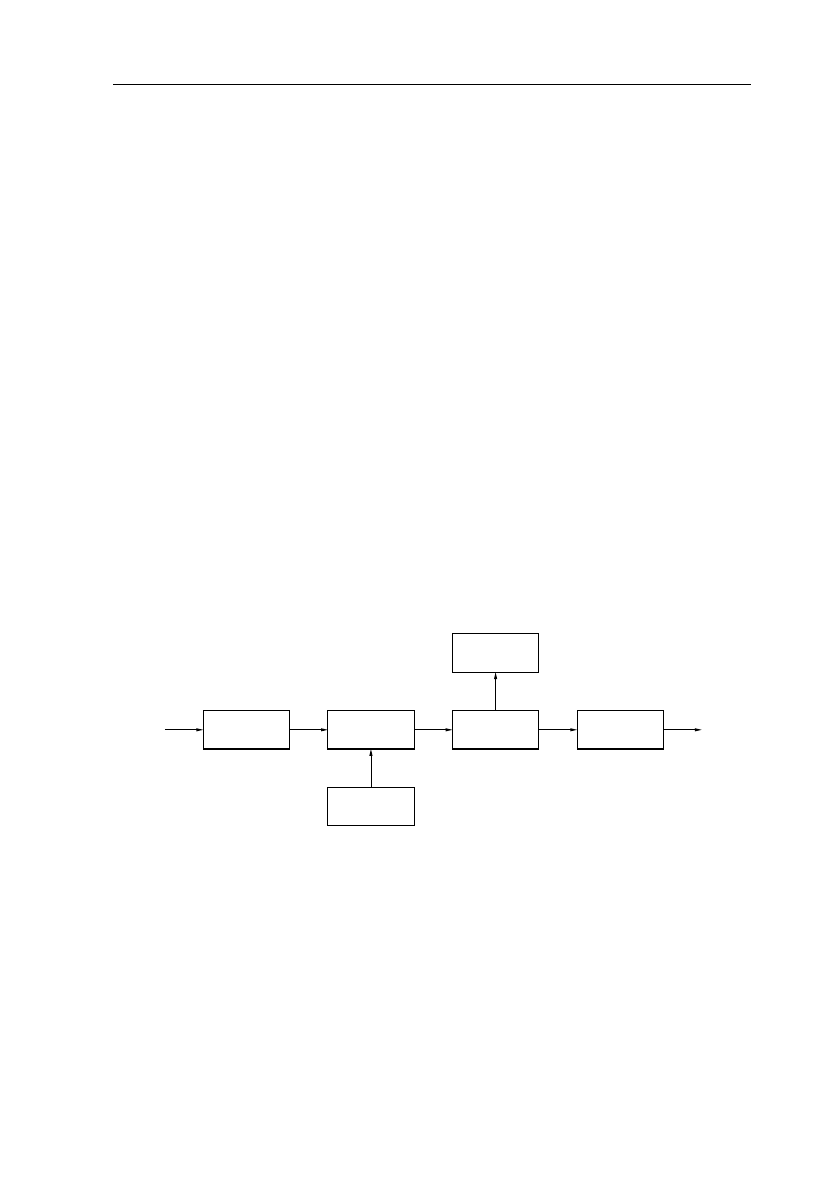
USING THE COMBISCOPE INSTRUMENTS 3 - 5
The measurement instructions are easy to use and do not require any special
knowledge of the instrument. The programming concept reduces simple
measurement tasks with complex instruments to simple instructions, leaving the
setup complexity to the instrument. The measurement instructions are extremely
useful when the application does not require the precise setting of instrument
functions. The concept is extendible with separate control of parameters that are
vital to the application.
3.2.2 Single function programming using the instrument model
All major instrument functions such as time base, input impedance, etc, are
separately programmable using "single parameter" commands. The easy to
understand command set is comparable with the way instruments are traditionally
controlled. This concept gives you full control over all functions and power of a
modern oscilloscope. However, for maximum benefit of all the advanced features
of your CombiScope instrument, you need some understanding of their remote
operation.
Functions of the CombiScope instrument that belong together are grouped into
subsystems. There are several subsystems, each representing a particular
function. The instrument model in the following figure gives an overview of the
most important subsystems.
EXPLANATION OF THE INSTRUMENT MODEL:
•
All functions that deal with signal conditioning are part of the INPut subsystem.
•
In a similar way the SENSe subsystem contains the data acquisition part
where the analog signal is converted into a digital value.
•
The results of the acquisition are stored in a TRACe subsystem memory.
•
Post-processing functions on the acquired data are available in the
CALCulate subsystem.
•
The TRIGger subsystem deals with the control of the acquisition process.
•
The DISPlay subsystem handles the front panel display functions.
INPut SENSe
TRIGger
DISPlay
TRACe CALCulate
ST7155
Figure 3.1 The Instrument Model for CombiScope instruments


















